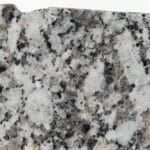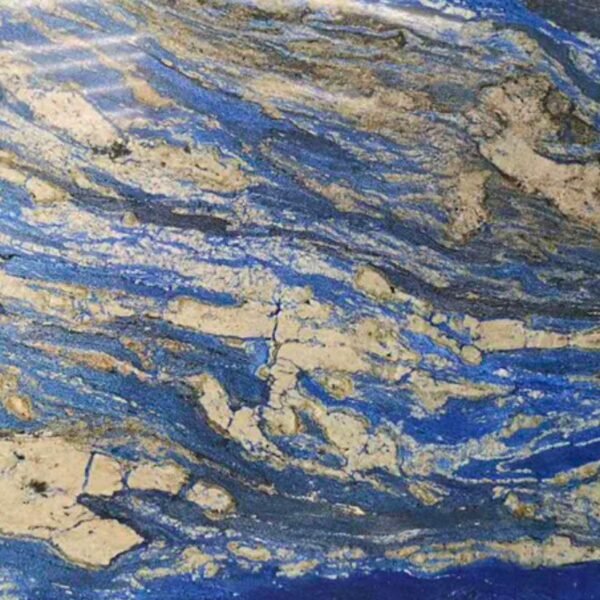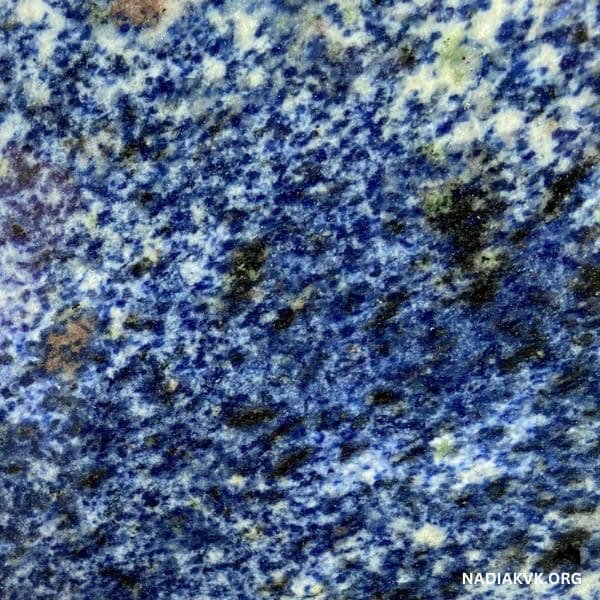The finest wood cutting board depends on what you will be using it for. Wooden cutting boards are an excellent choice for home use. It can be used for slicing vegetables, cutting up meat, and more. Maple, walnut, cherry, and red oak are among the woods that are suitable for use as chopping boards.
These types of wood are high-quality which makes excellent boards. The weight, hardness, and grain pattern of each variety of wood are distinct. Depending on these factors, one variety of wood may be better suited for a specific cutting board.
What is a cutting board?

Cutting boards are vital kitchen utensils and the most popular material for cutting boards is wood. Because Wood is generally used in kitchen appliances, though boards can also be made from glass, plastic, or bamboo. Also, each material has its pros and cons. Wood, for example, is strong but can be affected by staining and chipping. Wood’s durability and visual attractiveness make it a preferred material over plastic or stainless steel, even with these drawbacks.
What is the best cutting board material?
When choosing a cutting board consider what dishes you will be preparing, your cutting methods, and your maintenance preferences.
Plastic boards: They can break easily and are not environmentally friendly, but they are cheap and easy to clean.
Wood boards: Offer a big surface area, are durable, and sustainable. Also require extra maintenance, such as regular oiling and cleaning to prevent bacterial growth.
What to Look for in a Good Cutting Board
Wood Grain (or Porosity)
High porosity woods can have crumbling edges and are less ideal for cutting vegetables, seafood, and meats. A medium-grained board with crisp edges is generally a good choice. Avoid boards with too many slivers or fat edges to prevent food from getting caught.
See also: Types of Wood
Hardness
Different types of wood have different strength levels, which influences how well they work for cutting food. Because hardwoods like maple and walnut are thick and strong, making them great choices for cutting boards.
Toxicit:
The way a cutting board is made can affect its safety and longevity. Boards that are hammered, glued, or pressed may range in strength and how long they last. Opt for boards with artistic ends, these not only look nice but also add extra power.
Extra Features
When picking a cutting board, consider ones with a bump or lip around the edge to keep food from running off. Boards comes with built-in sections for keeping knives and tools, adding ease to your cooking tasks.
Maintenance
For the best results, use separate cutting boards for raw meat and for fruits and vegetables. After each use, clean the boards with soap and hot water, then dry them thoroughly to prevent bacteria growth. To keep wooden boards in good shape and avoid cracking, regularly apply food-safe mineral oil.
Cost
The cost of wood boards often depends on the type and quality of wood used to make them. Also, Cost depends on the durability of the wood and how long it will withstand heat and temperature. The most costly wood in today’s era is teak followed by maple, walnut, and beech. China is the largest wood board maker in the world as most of the intermediate work during its manufacturing is done cheaply. The USA also makes wood boards and cabinets very durable and long-lasting boards at nominal cost.
Best Woods for a Cutting Board
When choosing a cutting board, the type of wood can significantly impact its performance and longevity. Here’s a closer look at some of the best woods commonly used for cutting boards:
Ash
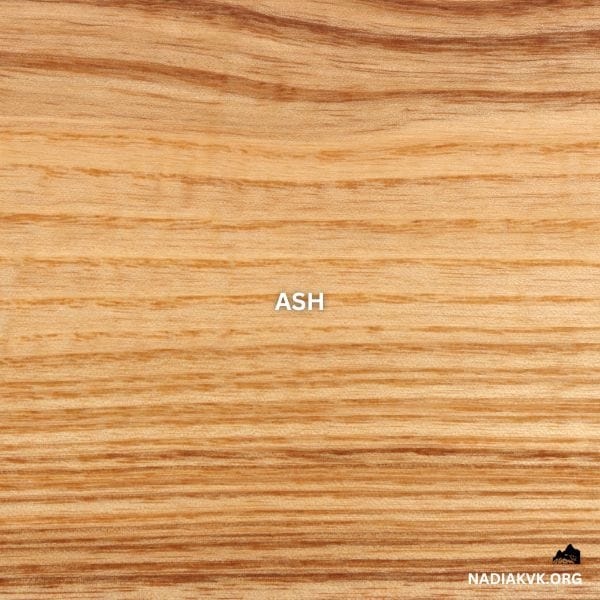
Appearance: Ash has a natural matte finish that gives it an attractive look.
Water Resistance: This wood is naturally water-resistant, making it suitable for tasks involving meats and fish, where moisture is often present.
Durability: Ash is strong and can withstand regular use without significant wear.
Maple

Varieties: Maple comes in both hard and soft varieties. Also the hard maple is particularly popular due to its strength.
Heat Resistance: It can handle high temperatures, making it ideal for various kitchen tasks without warping or cracking easily.
Usage: Its durability makes maple a favorite in both residential kitchens and commercial settings, ensuring it meets the demands of frequent use.
Teak
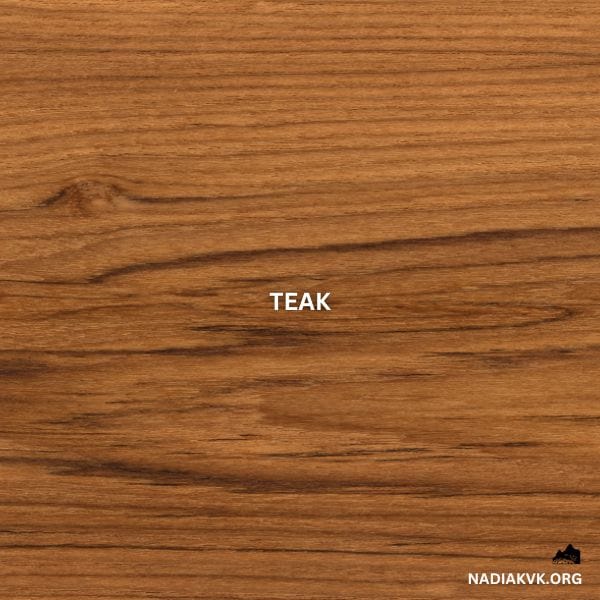
Durability: Teak is known for its exceptional durability; it resists wear over time better than many other woods.
Stain Resistance: The natural oils found in teak make it highly resistant to stains and odors, which is beneficial when preparing different types of food.
Aroma: Teak has a pleasant scent that adds to the cooking experience but tends to be on the pricier side compared to other options.
Beech

Affordability: Beech is one of the more affordable hardwoods available, making it accessible for many home cooks.
Hardness: It offers good hardness but may not be as durable as some other hardwoods like maple or walnut.
Best Uses: While beech works well for general chopping tasks, you might want to avoid using it with very heavy-duty applications.
Walnut
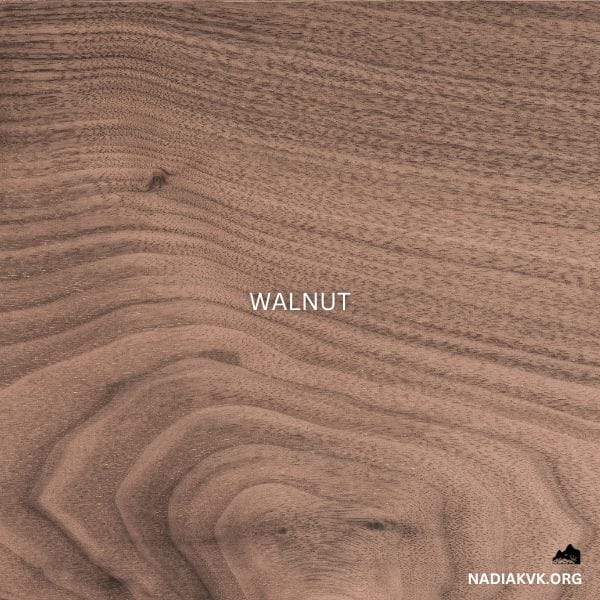
Smooth Surface: Walnut provides a smooth surface that’s gentle on knives while still being effective for cutting various foods.
Moisture Resistance: This wood has excellent moisture resistance, which helps prevent warping or cracking over time.
Aesthetic Appeal: With its rich color and grain patterns, walnut cutting boards are visually appealing and enhance kitchen decor. Especially popular among home chefs who value both functionality and style.
Cherry
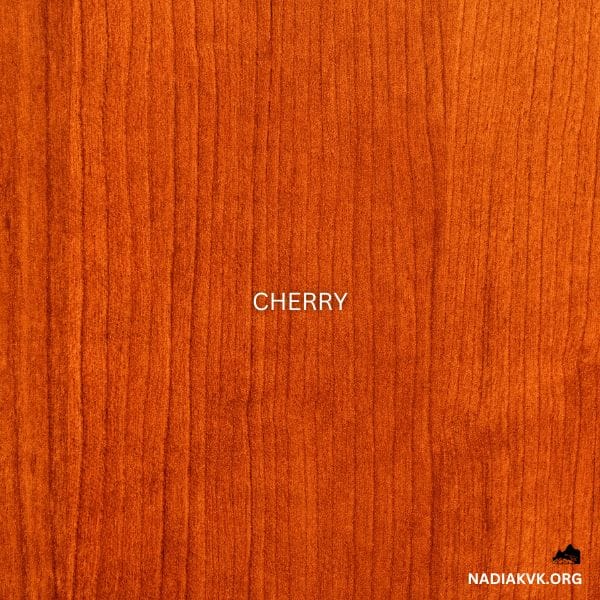
Appearance: Features rich, warm tones that develop a beautiful patina over time.
Properties: Durable with a fine, even grain that resists wear while maintaining its elegance.
Best For: Adds a touch of sophistication to any kitchen décor while being practical for everyday use.
Types of Wood Grain
Face Grain: It is the front-facing part of the wood and covers most of the parts of the piece of wood.
Edge Grain: It is the side narrow part of the wood from which we measure the dimension of the wood boards.It is the length of wood.
End Grain: It is the last part of the or we can say it is the width of the wood.
Materials to avoid
While wooden cutting boards are frequently used for their strength and natural ability to fight bacteria, plastic boards can trap germs if not cleaned properly and generally need to be changed more often.
In contrast, wooden boards, especially those made from trees like maple or walnut, can help avoid germ growth when looked for properly. Because they also tend to be easier on knives, helping them stay sharp longer. Choice between wood and plastic relies on personal taste and what works best in your home.
butcher block Vs common cutting board
Butcher Block: These are big thick slabs made from hard wood, great for heavy-duty jobs. Many butcher blocks feature sections for keeping knives and tools, making them useful for busy kitchens.
Common Board: Typically made from materials like bamboo, plastic, or acrylic, popular boards may not offer the same durability and antibacterial qualities as natural wood boards. Wooden cutting boards are usually chosen for their lifespan and ability to fight bacteria.
What is the importance of cutting boards?
Cutting board is important for food preparation as it keep tables and knives from damage and providing a clean area for cutting. And washing chopping boards are easy and the regularly cleaning cutting boards helps reduce the risk of germs growth, ensuring food safety.




